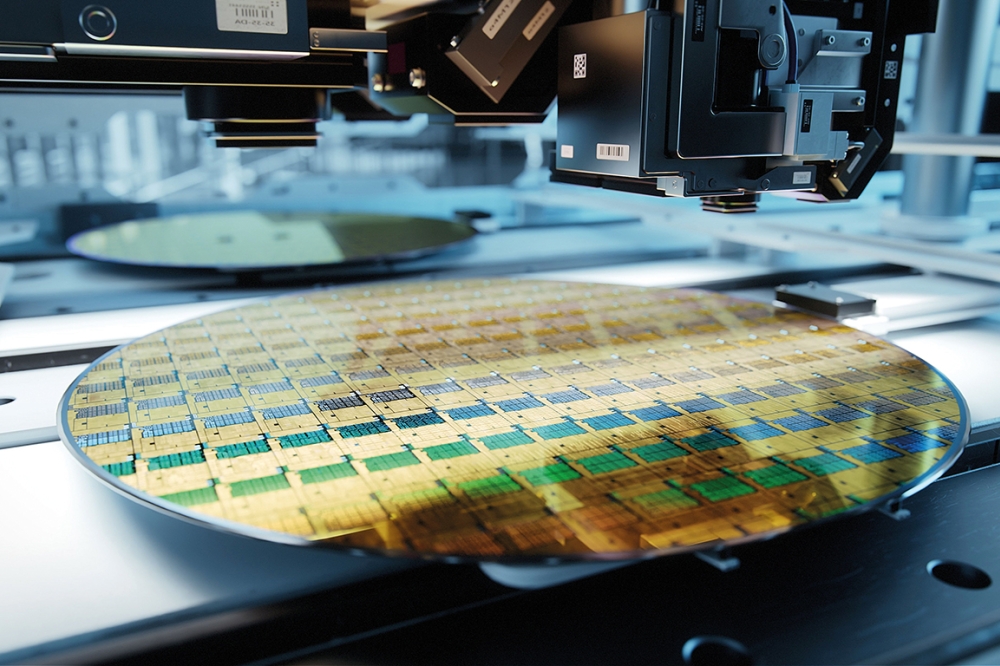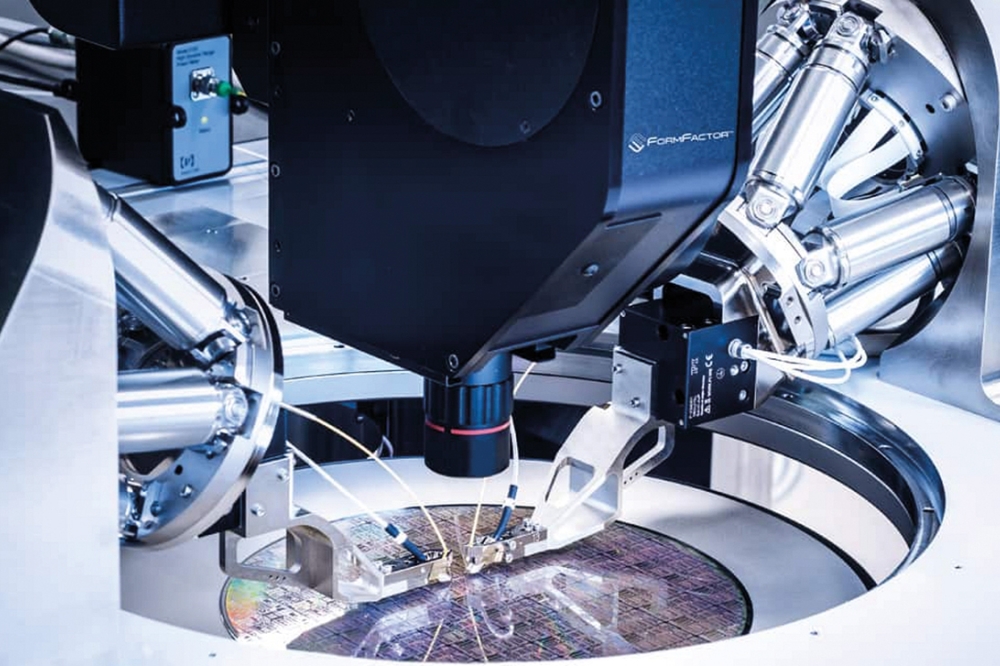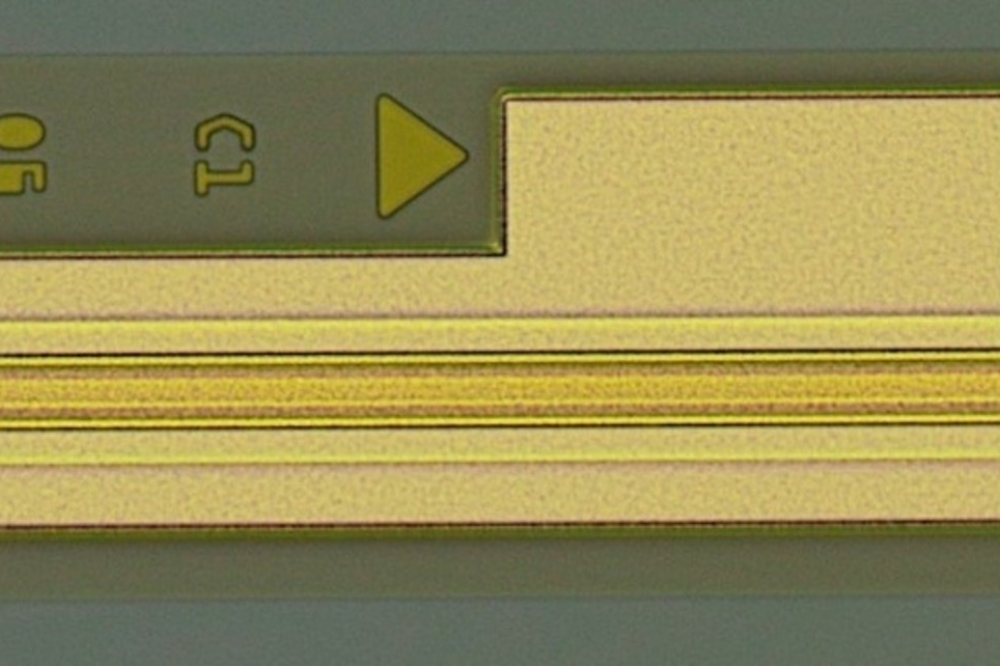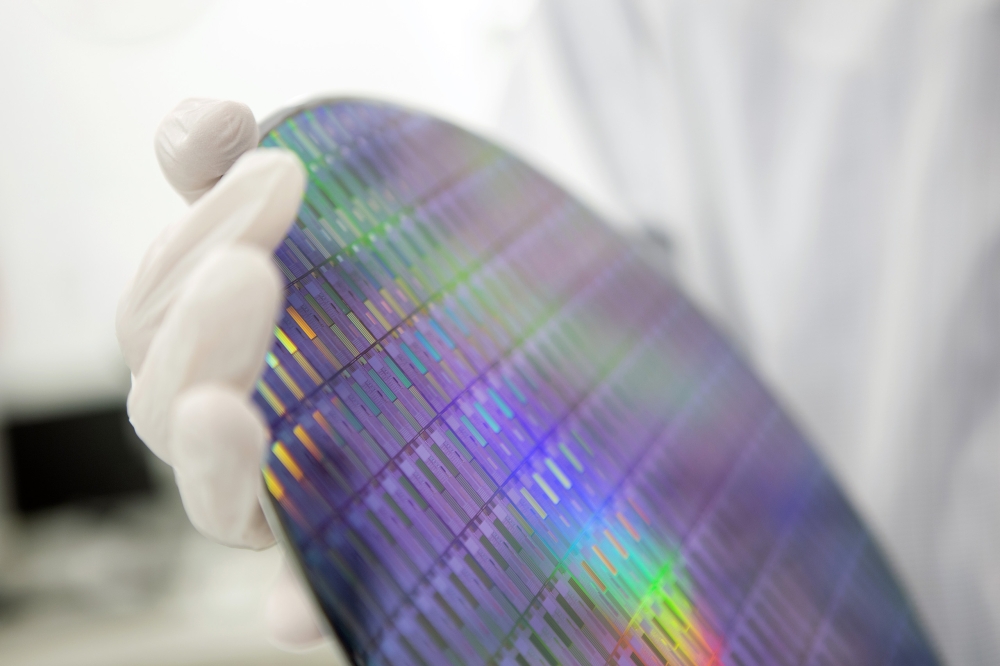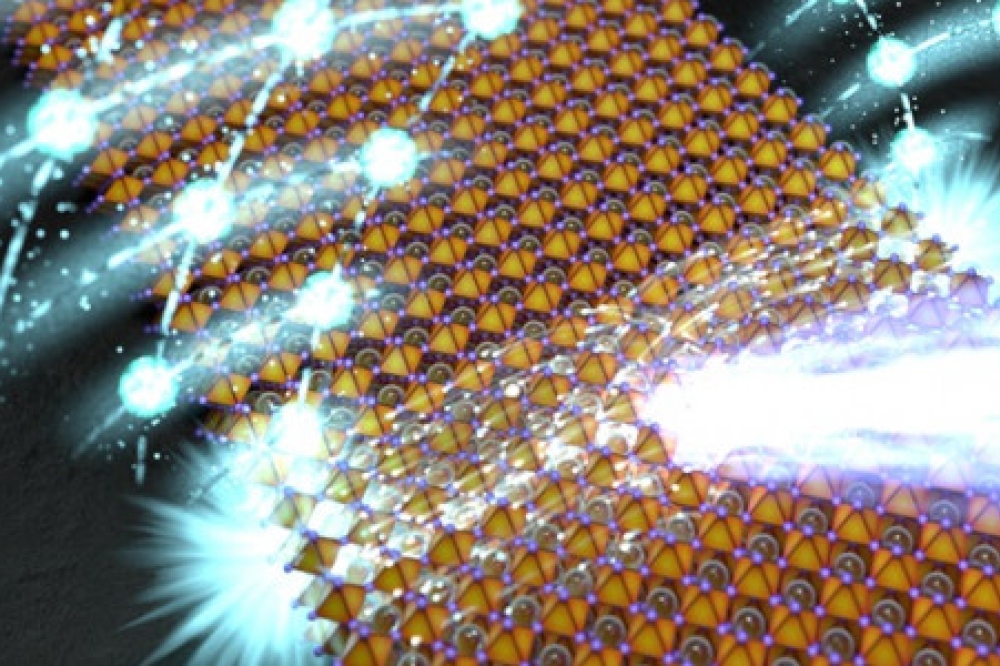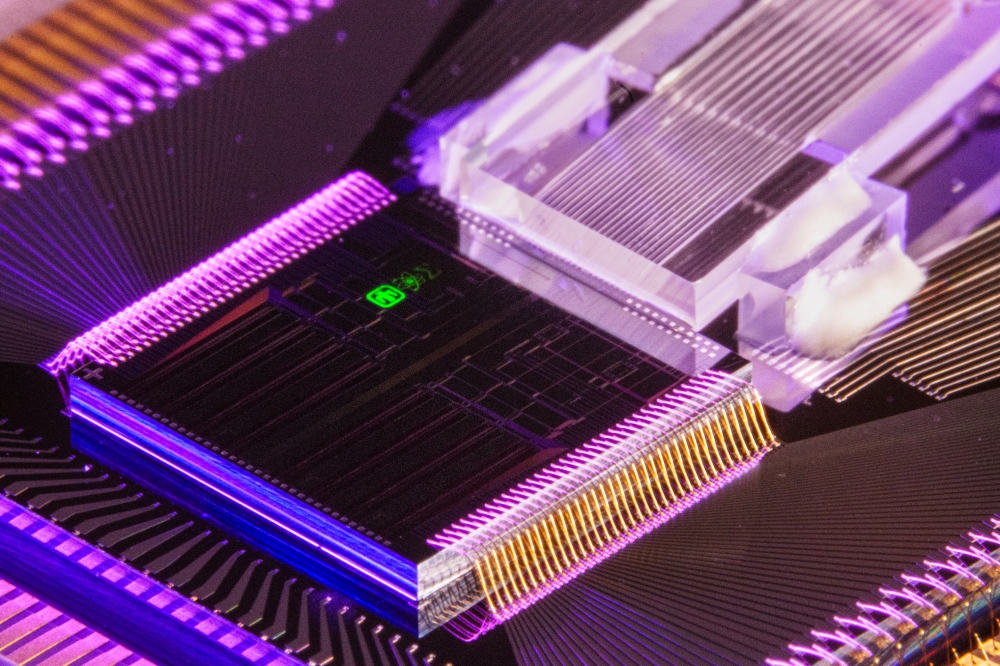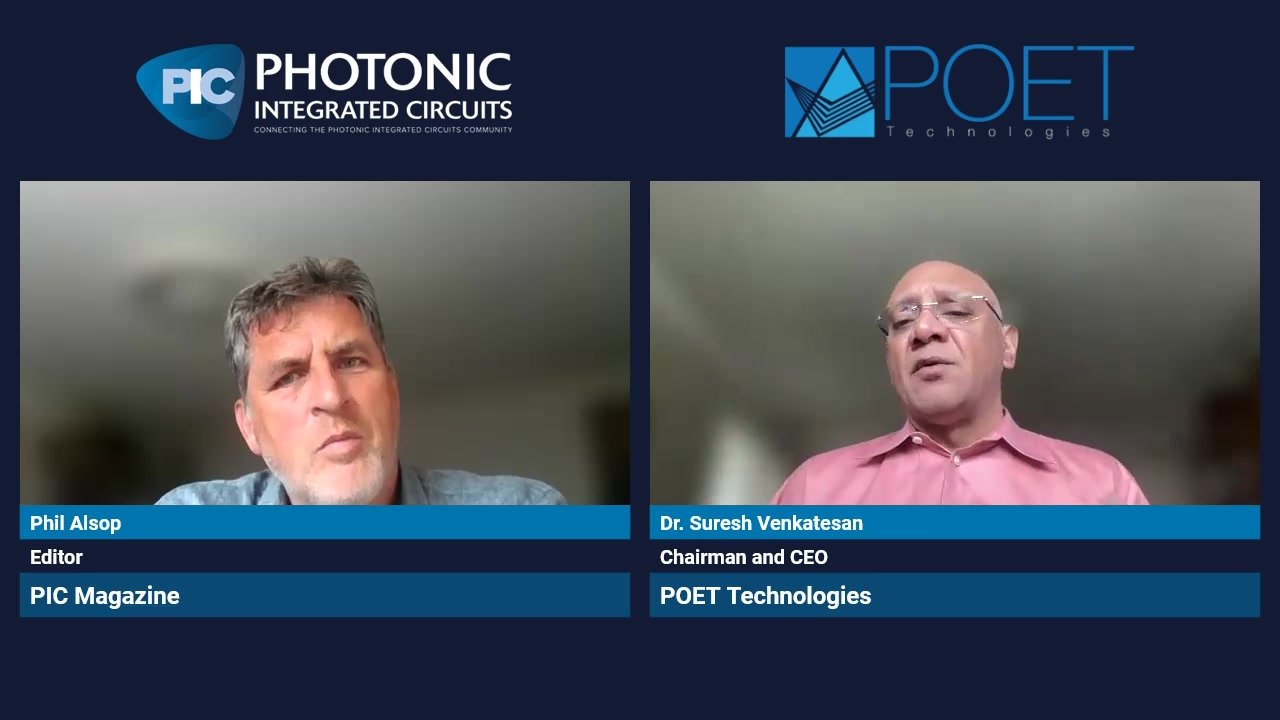Photonic open source platform for MEMS as well
Ghent University and imec are launching IPKISS, an open source software platform. IPKISS is a generic and modular software framework for the parametric design of photonic integrated components and circuits. The software platform is made available by means of a GPLv2-licensed code base (free of charge), a custom developer license and a custom commercial license. With this launch, Ghent University and imec say they are providing the integrated photonics design community access to a powerful and flexible software platform.
IPKISS was originally conceived in 2002 by the Photonic Research Group of Ghent University and imec as a programmable generator of Mask Layouts (GDSII) written in Python, but has since then evolved significantly.
While currently most applicable to photonics, IPKISS is conceived as a generic and flexible framework. IPKISS can be customised for use (and is already used) in many other domains related to micro- and nano-electronics such as microfluidics, plasmonics and MEMS.
Its main use is currently the design of photonic components and complex photonic integrated circuits. In IPKISS, a designer can quickly define photonic components, directly simulate them in electromagnetic solvers and integrate them into a circuit on a photomask for fabrication. For this, IPKISS integrates easily with popular third-party simulators. As the scripting is based in Python, imec and Ghent University say IPKISS is easy to learn and extremely flexible. The user can specify parameters in how a component is represented.
Internally, the component knows how to generate its layout, its input/output connections with other components, its internal circuit representations, and so on. This ensures a separation between the formal specification of a component or circuit and different representations that can be derived. For example, a mask layout in GDSII, a 2D or 3Dmodel or a circuit model.
Components can be defined to accept outside technology information provided by the fab, effectively allowing a design that could be fabricated in different locations. Design kits for imec's silicon photonics technologies are made available through ePIXfab, a European foundry service for Silicon Photonics prototyping and through imec directly for customised photonic IC development.
The developers say the IPKISS design approach is powerful and flexible, while at the same time very accurate, resulting in a productive design cycle with little margin for copy-and-paste errors. This contrasts with a design workflow which is static and cannot be influenced by the user, or where the user is limited to the functionality provided in a graphical user interface. Users of IPKISS will have access to a powerful and flexible software platform that can catalyze their research with a relatively small incremental effort.
The IPKISS framework is available under different open source licenses. For the community, a GPLv2-licensed code base of IPKISS will allow access to the framework for free. The objective of this license scheme is to encourage people into developing the IPKISS framework, so a thriving community can evolve around the framework.
For the developer, a custom license with an annual fee allows the licensee to develop plug-ins and add-ons for distribution.
There is also a custom commercial license which is targeted as software developers who wish to incorporate IPKISS into a product, and bundle a modified version of the code base with their own additions. This license and its cost would be tailored to each individual case.











